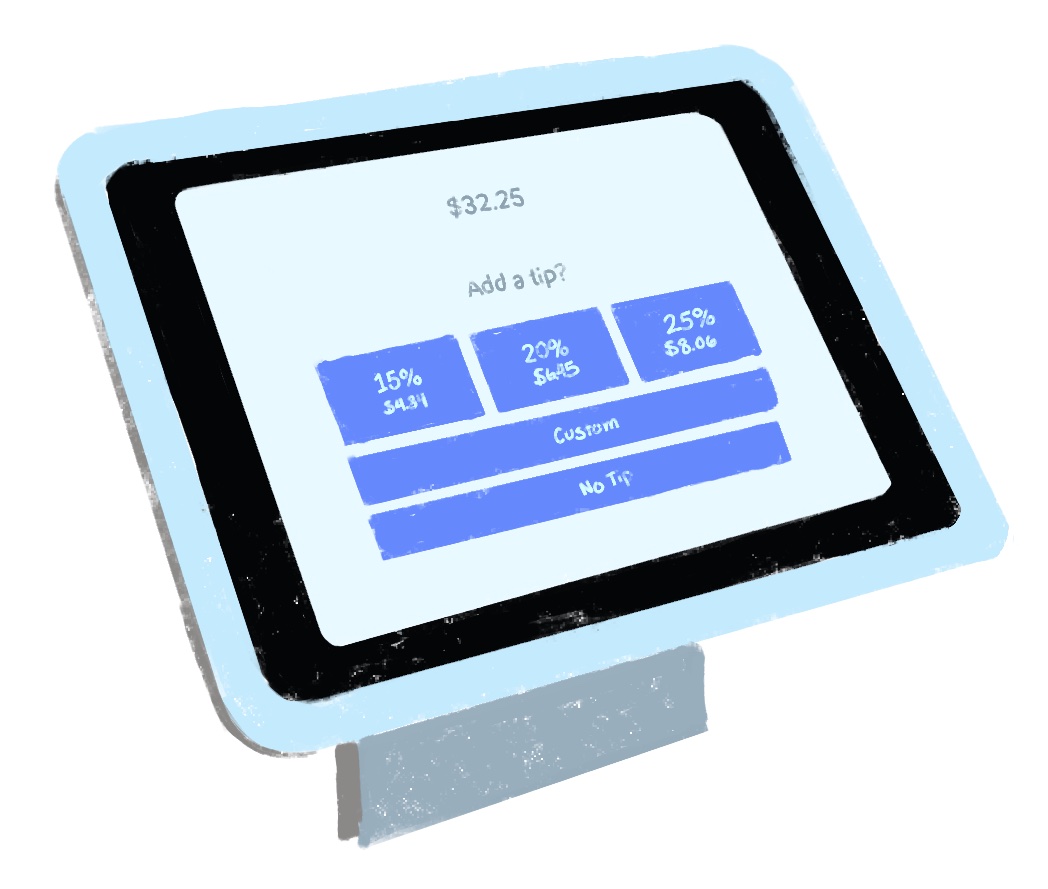Leaving a tip has evolved from being a mere gesture of gratitude into an essential social practice in many cultures around the world. Whether you're dining at a restaurant, enjoying a night out at a bar, or receiving exceptional service, understanding the nuances of tipping can make a significant difference in your interactions. From the etiquette involved to the cultural differences, this guide will delve deep into the concept of "leave a tip," offering you actionable insights that enhance your experience while ensuring fairness and appreciation for service providers.
In today's interconnected world, the act of tipping is not just about monetary exchange; it's a reflection of mutual respect and acknowledgment of good work. By understanding the right way to "leave a tip," you can ensure that your appreciation is both meaningful and well-received. This guide will explore various aspects of tipping, including cultural norms, industry expectations, and practical tips to help you navigate this important social custom effectively.
Whether you're a frequent traveler, a regular customer at local establishments, or simply someone who values proper etiquette, this article will equip you with the knowledge to make informed decisions. As we journey through the complexities of tipping, you'll gain insights that empower you to show your appreciation in the most appropriate and impactful ways possible. Let’s explore the world of tipping together.
Read also:Exploring The Fascinating World Of Benjamin Salisburys Influence
Why Should You Leave a Tip?
Tipping serves as a direct acknowledgment of the quality of service received, reinforcing positive behavior and encouraging high standards. When you choose to leave a tip, you're not only expressing gratitude but also supporting the livelihoods of service professionals who often rely on tips as a significant portion of their income. This practice fosters a sense of mutual respect and builds stronger relationships between customers and service providers.
How Much Should You Leave a Tip?
One of the most common questions surrounding tipping is, "How much should you leave?" The answer varies depending on the location, industry, and specific circumstances. In the United States, for instance, it's customary to tip between 15-20% of the total bill at restaurants. However, this percentage may differ in other countries or industries such as hairdressing, taxi services, or delivery. Understanding these variations is crucial to ensure your tip is both fair and appreciated.
Is It Always Necessary to Leave a Tip?
This is a question many people wrestle with: Is tipping always necessary? The answer depends on the context. While tipping is expected in certain industries and cultures, it may not be mandatory in others. For example, in some Asian countries, tipping is considered unnecessary or even offensive. It's vital to research the local customs and expectations to avoid any misunderstandings. By doing so, you can tailor your tipping behavior to suit the situation appropriately.
What Are the Cultural Differences in Tipping?
Cultural differences play a significant role in tipping practices worldwide. In Japan, for instance, tipping is generally discouraged as it may imply that the service provider is not adequately compensated. Conversely, in countries like the United States, tipping is a deeply ingrained part of the service economy. Understanding these cultural nuances is essential to avoid awkward situations and ensure your actions align with local expectations.
Can You Leave a Tip in Non-Traditional Settings?
With the rise of digital platforms and gig economy jobs, the concept of tipping has expanded beyond traditional settings. Many apps now offer built-in tipping options for services like food delivery, ride-sharing, and even online tutoring. This shift highlights the growing recognition of tipping as a universal gesture of appreciation, regardless of the service format. By embracing these new opportunities, you can extend your gratitude to a broader range of service providers.
When Should You Leave a Tip Digitally?
In the digital age, leaving a tip online has become increasingly common. Whether you're using a food delivery app or enjoying a virtual consultation, the option to tip digitally is often available. This convenience allows you to show your appreciation instantly and securely. However, it's important to consider whether the service provider directly receives the tip or if a portion is deducted by the platform. Understanding these details ensures your tip has the intended impact.
Read also:Understanding The Cliff Mass Weather Forecast Your Ultimate Guide
What Are the Benefits of Leaving a Tip?
Leaving a tip offers numerous benefits beyond mere financial compensation. It strengthens the relationship between customers and service providers, fostering a positive and respectful environment. Additionally, tipping can contribute to a service provider's job satisfaction, encouraging them to maintain high standards of performance. For customers, tipping provides a sense of fulfillment and social responsibility, knowing they are supporting the livelihoods of those who serve them.
Who Benefits Most from Leaving a Tip?
The primary beneficiaries of tipping are service providers, who often depend on tips to supplement their income. This practice is particularly crucial in industries where base wages are relatively low. By leaving a tip, you directly impact the financial well-being of these individuals, allowing them to meet their daily needs and pursue better opportunities. Moreover, a well-timed tip can motivate service providers to go above and beyond, enhancing the overall customer experience.
How Can You Make Your Tip More Meaningful?
To make your tip more meaningful, consider personalizing it based on the service received. For example, if a server goes out of their way to accommodate your dietary restrictions, a slightly higher tip can express your appreciation. Similarly, acknowledging exceptional service with a handwritten note or a verbal thank-you can add a personal touch to your gesture. These small acts of kindness can leave a lasting impression and strengthen the bond between you and the service provider.
How Can You Improve Your Tipping Habits?
Improving your tipping habits involves more than just knowing the appropriate percentages. It requires a deeper understanding of the cultural, economic, and social implications of tipping. Start by educating yourself about local customs and industry standards. Additionally, consider the quality of service you receive and adjust your tipping accordingly. Over time, these practices will become second nature, allowing you to tip with confidence and purpose.
Can Technology Help You Leave a Tip Better?
Absolutely! Modern technology offers various tools and apps designed to simplify the tipping process. From calculators that determine the appropriate tip amount to platforms that facilitate digital tipping, these innovations make it easier than ever to show your appreciation. By leveraging these resources, you can ensure your tips are accurate, timely, and convenient.
What Are Some Common Mistakes to Avoid When Leaving a Tip?
One common mistake is under-tipping or over-tipping, both of which can create awkward situations. Another error is failing to consider the service provider's perspective, leading to a tip that may not be as appreciated as intended. To avoid these pitfalls, always research the norms and expectations specific to the service you're receiving. Additionally, avoid using tipping as a substitute for proper payment or as a way to compensate for subpar service.
Conclusion
Leaving a tip is more than just a transaction; it's a reflection of your values and appreciation for good service. By understanding the cultural, economic, and social dimensions of tipping, you can make informed decisions that benefit both you and the service provider. Whether you're tipping in a traditional setting or through a digital platform, your gesture can make a meaningful impact. Embrace the art of tipping, and you'll find that it enhances your interactions and fosters a spirit of mutual respect and gratitude.
Table of Contents
- Why Should You Leave a Tip?
- How Much Should You Leave a Tip?
- Is It Always Necessary to Leave a Tip?
- What Are the Cultural Differences in Tipping?
- Can You Leave a Tip in Non-Traditional Settings?
- When Should You Leave a Tip Digitally?
- What Are the Benefits of Leaving a Tip?
- Who Benefits Most from Leaving a Tip?
- How Can You Make Your Tip More Meaningful?
- How Can You Improve Your Tipping Habits?
In conclusion, mastering the art of tipping requires a blend of knowledge, empathy, and adaptability. By following the guidelines outlined in this article, you'll be well-equipped to navigate the complexities of tipping with confidence and grace. Remember, the next time you leave a tip, you're not just giving money—you're giving a meaningful gesture of appreciation that can make someone's day brighter.


